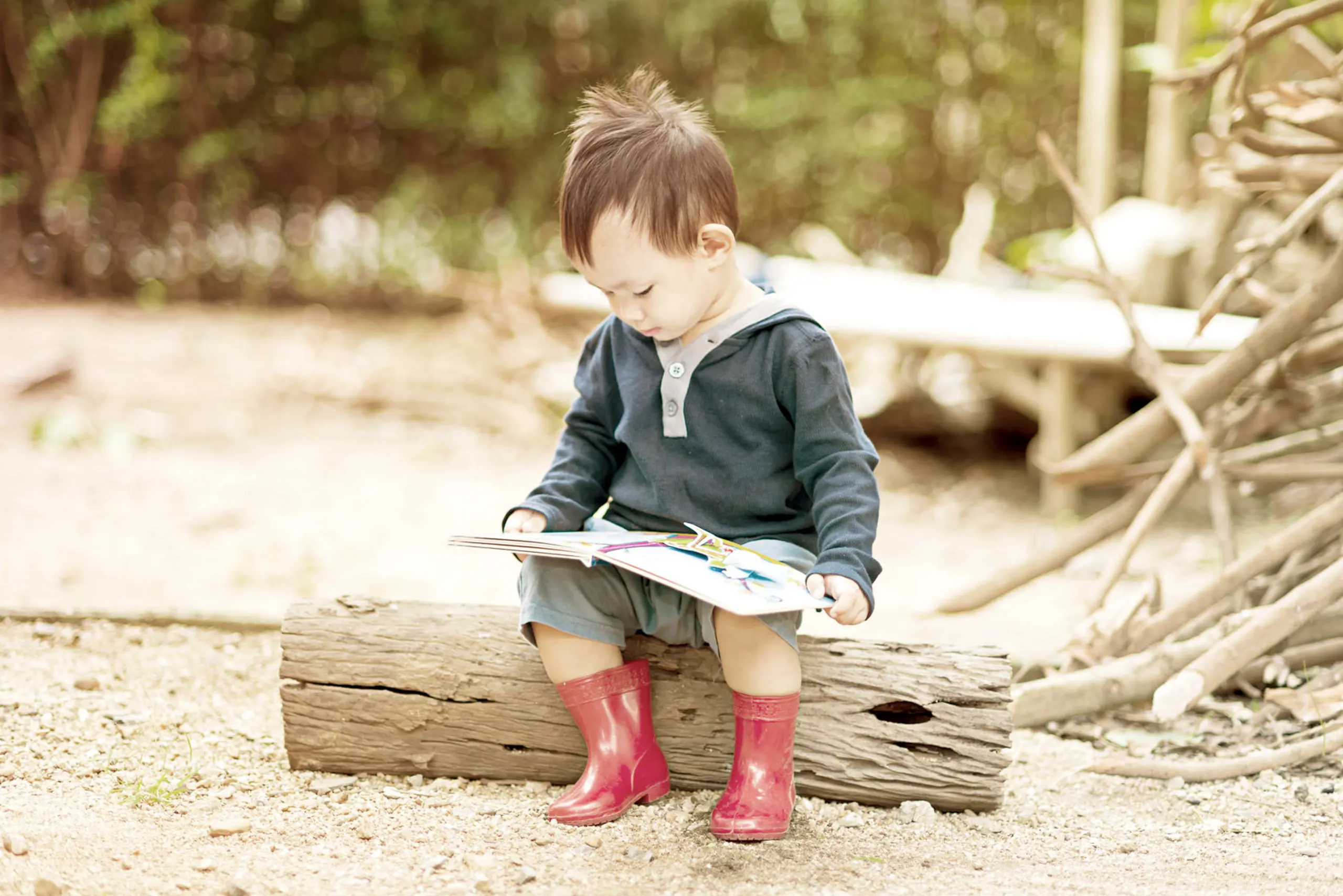Play is a powerful tool for children's language development. Here's why playful reading is so important.
Play is a powerful tool for children's language development. When children engage in playful storytelling activities - where they can express themselves through different materials, like painting, arts, building with LEGO bricks, writing stories, or using imaginative play - they naturally enhance their language skills in a fun and natural way. Play encourages children to interact meaningfully with objects and peers, promoting the use of words and storytelling, and children often imitate characters and scenarios from books or their own imagination during play, enhancing their narrative competence.
Despite these opportunities, children do not always default to play, especially in school environments. Based on a new design-based research project and the science of learning through play, we developed five key recommendations on how books can better encourage creative storytelling and imaginative play.
